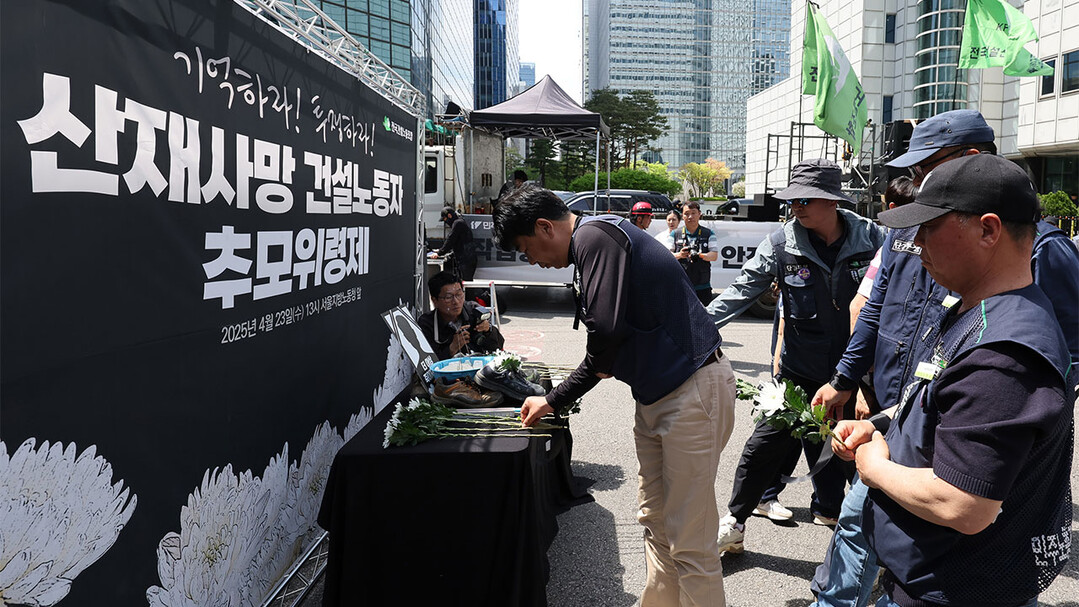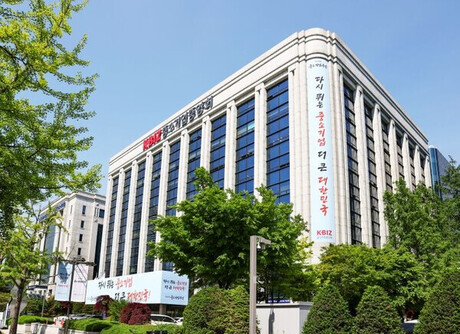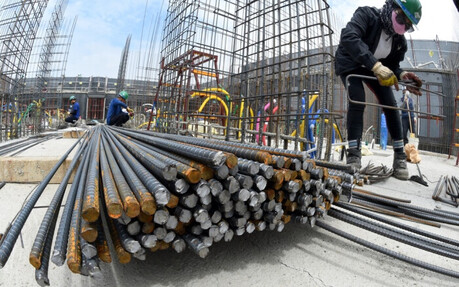
Seoul – A sobering report released by South Korea's Ministry of Employment and Labor paints a concerning picture of workplace safety in 2024, revealing a significant increase in industrial accidents and a disproportionate impact on older workers and those employed in smaller enterprises. The data underscores the urgent need for targeted interventions and a renewed commitment to fostering safer working environments across all sectors.
The ‘2024 Industrial Accident Status’ report indicates a 4.4% surge in the total number of industrial accident victims, reaching 142,771. This rise is accompanied by a slight increase in the incidence rate, climbing to 0.67% from 0.66% the previous year, signifying a greater prevalence of workplace injuries relative to the workforce size. Even more alarmingly, workplace fatalities saw a 4.1% increase, claiming the lives of 2,098 workers. While the fatality rate per 10,000 workers remained stable at 0.98‰, the sheer number of lives lost underscores a critical challenge in occupational safety.
A particularly distressing trend highlighted in the report is the vulnerability of older workers. In 2024, over half (52.8%) of all workplace fatalities involved individuals aged 60 or older, totaling 1,107 deaths. This represents a stark increase from 29.8% in 2013 and 52.1% in 2023, demonstrating a consistent and concerning upward trajectory. This demographic shift in workplace fatalities raises critical questions about the suitability of work environments and safety protocols for an aging workforce. Factors such as age-related physical decline, potential lack of updated training on new safety measures, and the types of jobs often held by older workers, which may involve more physically demanding or hazardous tasks, likely contribute to this elevated risk.
Conversely, the data reveals an inverse relationship between age and the number of fatalities, with younger age groups experiencing significantly lower numbers of workplace deaths. This stark contrast underscores the need for age-sensitive safety measures and targeted training programs that address the specific risks faced by older workers.
Analyzing fatalities by industry, the construction sector continues to be the deadliest, accounting for 496 deaths. Manufacturing followed closely with 476 fatalities, and the mining industry, despite its smaller workforce, recorded a concerning 450 deaths, largely attributed to occupational diseases. Within fatal accidents, falls remain the leading cause, followed by entrapment, traffic accidents, and being struck by objects. Fatal occupational diseases are predominantly linked to pneumoconiosis, particularly prevalent in the mining sector, and cerebrovascular and cardiovascular diseases, which can be exacerbated by workplace stress and physical demands.
The report also sheds light on the disproportionate burden of workplace fatalities borne by smaller businesses. A staggering 61.9% of all workplace deaths occurred in establishments with fewer than 50 employees. Specifically, businesses with 5 to 49 employees accounted for 36.8% of fatalities (773 deaths), while micro-enterprises with fewer than 5 employees contributed to 25.1% (526 deaths). This overrepresentation of fatalities in smaller workplaces is a persistent issue globally and often stems from factors such as limited resources for implementing comprehensive safety measures, less stringent regulatory oversight, and a potential lack of specialized safety personnel or training programs. The fact that fatalities increased in all business size categories except for those with 100 to 299 employees underscores the pervasive nature of the safety challenges across different scales of operation.
Geographically, the Central Regional Office recorded the highest number of fatalities, highlighting potential regional disparities in workplace safety standards or the concentration of high-risk industries. Gyeonggi Province reported the highest number of fatal accidents among local governments, indicating specific areas where preventative measures need to be intensified.
These findings necessitate a multi-faceted approach to address the escalating crisis in workplace safety, particularly for older workers and smaller businesses. Governments and regulatory bodies must strengthen enforcement of safety regulations, especially in high-risk sectors and smaller enterprises. Increased inspections, stricter penalties for violations, and proactive outreach to small businesses to provide resources and guidance on implementing safety protocols are crucial.
For older workers, tailored safety training programs that consider their physical capabilities and potential vulnerabilities are essential. Ergonomic assessments of job tasks and the provision of appropriate assistive technologies can help mitigate risks associated with physically demanding work. Furthermore, promoting a culture of safety that values the experience of older workers while ensuring they are not placed in situations that exceed their physical limits is paramount.
Addressing the high fatality rate in small businesses requires a concerted effort to provide accessible and affordable safety resources. This could include government subsidies for safety equipment, simplified safety management systems tailored to smaller operations, and industry-specific best practice guidelines. Collaborative initiatives involving industry associations, labor unions, and government agencies can play a vital role in raising awareness and promoting a culture of safety within these enterprises.
The increase in industrial accidents and fatalities in South Korea in 2024 serves as a stark reminder that continuous vigilance and proactive measures are essential to protect the lives and well-being of workers. Addressing the specific vulnerabilities of older workers and the challenges faced by small businesses must be a top priority to reverse this concerning trend and create safer workplaces for all. The human cost of workplace accidents is immeasurable, and a renewed commitment to prevention is not just an economic imperative but a fundamental ethical obligation.
[Copyright (c) Global Economic Times. All Rights Reserved.]



























